Americans Are Drinking More Amaro Than Ever Before—Have You Tried It Yet?
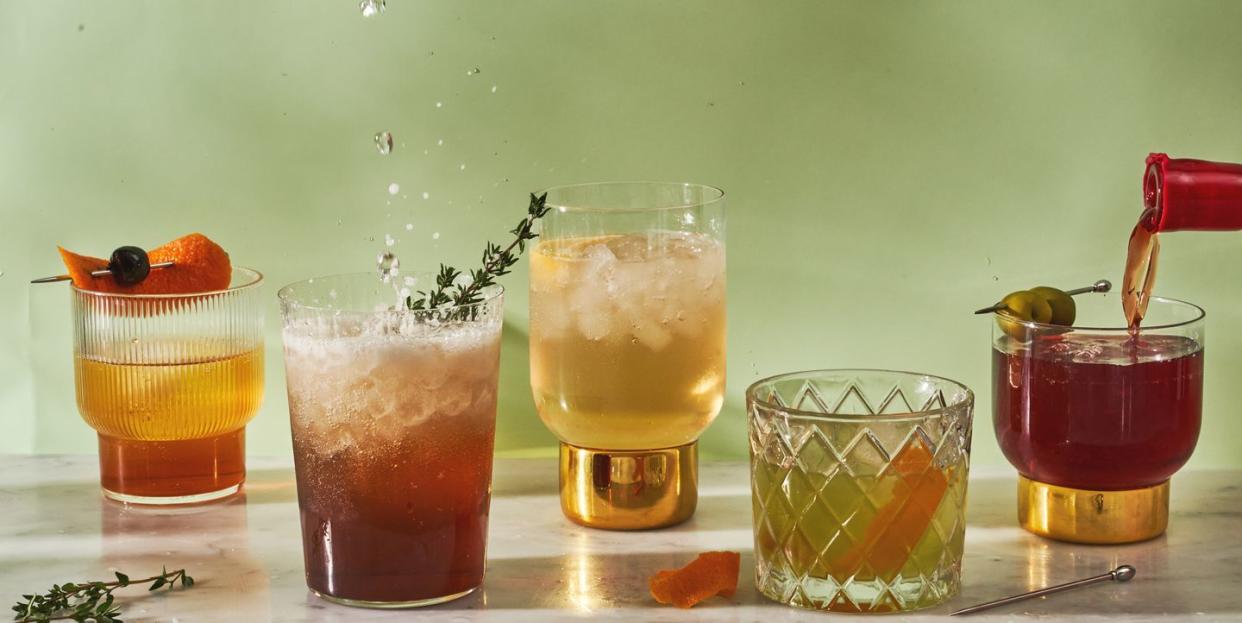
"Hearst Magazines and Yahoo may earn commission or revenue on some items through these links."
It seems like everywhere I look, people are drinking amaro. Maybe you’ve seen Florence Pugh waltzing around Venice with an Aperol spritz. Or you’ve been unable to ignore social media posts about Emma D’Arcy’s iconic “Negroni Sbagliato…with prosecco in it.” Regardless if you’re an amaro newbie or you drink some every weekend, you can’t deny that it’s having a moment.
But what exactly is amaro? In the simplest terms, it’s an Italian-style bittersweet liqueur. Amari, the plural for amaro, is an umbrella category encompassing spirits from every corner of Italy that come in various colors and flavors.
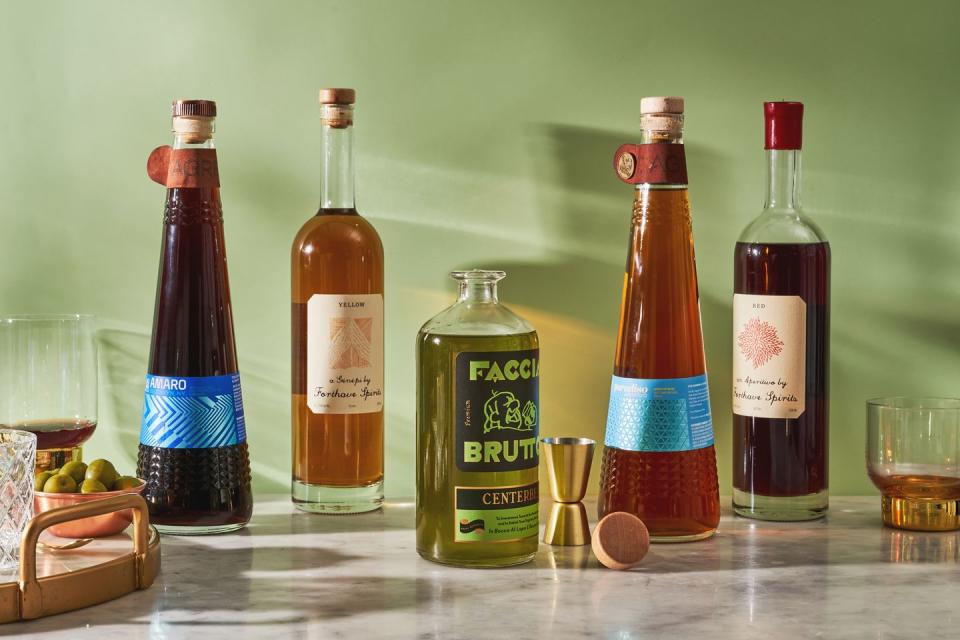
Delving deep into all the types of amaro can get complicated, so I consulted beverage director, podcast host, and amaro expert Sother Teague. Over a decade ago, Teague opened the first bitters-based bar in the U.S., Amor y Amargo, in New York’s East Village. Since then, he’s been at the forefront of a movement to introduce Americans to bitters and amari. Beyond just adding a dash of Angostura bitters to an Old Fashioned, Teague lets artisanal bitters and amari take centerstage in his cocktails. To him, each amaro has the potential to be the main character on every bar cart.
“I love the fact that [amari] are not the same and there's no way to compare them to one another. It's not even comparing apples and oranges. It's comparing apples and carburetors,” Teague says.
Regardless of how you choose to define and organize amari, each bottle is part of a tradition steeped in history.
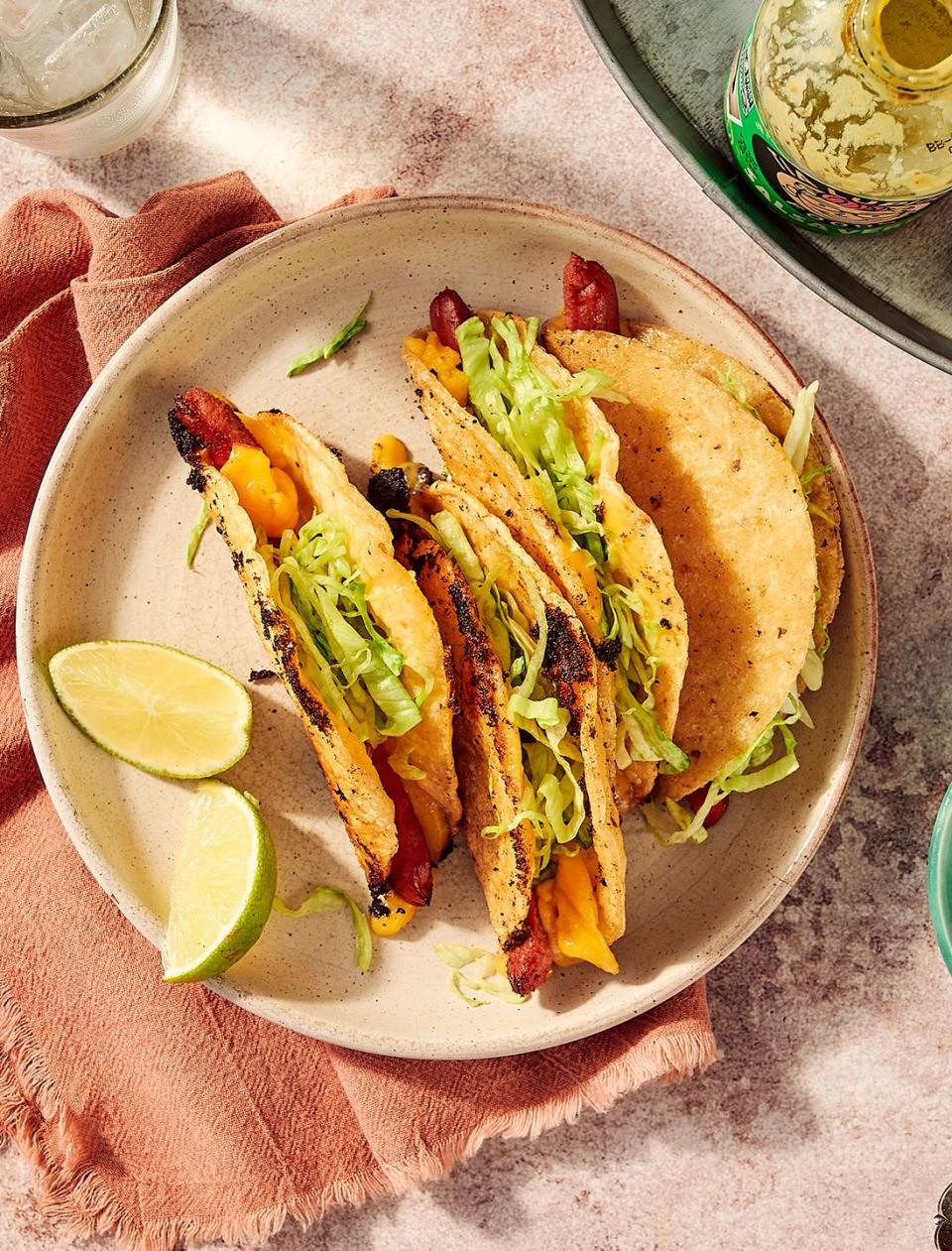

It’s only Champagne if it comes from the Champagne region of France; otherwise it’s just sparkling wine. Bourbon needs to follow a whole list of rules to officially earn its title. Amaro, on the other hand, is like the Wild West of spirits. Rather than being subject to strict classifications, amari follow loose traditions that date back millennia. Making medicinal tinctures with local botanicals is an ancient practice that reaches far beyond just Italy. Way back when, the first bitters were invented in order to preserve nutrients.
“Back in the day, we were all self-sustained,” says Teague. “Growing things, pulling them from the land, and then you have more than you can consume before winter’s coming. How do you preserve those calories? They discovered distilling those vegetables, roots, herbs, grasses, flowers. And now it's shelf stable and they could consume it far into winter.”
Italian friars and monks in the Middle Ages would create their own tonics meant to aid digestion and stimulate appetite. Each producer would source herbs and botanicals native to their own region, and local flavors began to develop over time. “Even within each region, there are differences. It’s unique from town to town, backyard to backyard,” Teague says.
One flavor that you’ll taste in all of them, though, is bitterness. In fact, the word amaro directly translates to bitter.
“Our brain perceives bitterness as a threat, like poison. Any time you taste bitter, your brain sounds the alarm to get it out of your body,” says Teague. “How does your body get things out? It moves things through your digestive tract.”
Many of these bitter liqueurs were, and still are, labeled aperitivi and digestivi—the former intended to empty your stomach before a meal, the latter meant to be sipped after a meal to properly digest it. So you could say that what were once prescriptive cures for tummy aches are now enjoyed for pleasure.
“I think my first experience [with amaro], much like a good number of cooks', was Fernet Branca,” says Patrick Miller, founder of the American amaro brand Faccia Brutto. “I had no frame of reference for that much bitterness and that much aggressivity in a beverage. “Like with drinking coffee, you just come to understand it and appreciate it.”
According to author Brad Thomas Parsons, the early 19th century ushered in a new era for amaro. “The beginning of the anticlericalism movement in Italy forced many monasteries to cease production,” he writes in his book Amaro: The Spirited World of Bittersweet, Herbal Liqueurs, with Cocktails, Recipes, and Formulas.
Some producers retained their small-scale methods, while others expanded rapidly. Thus began the transition of amaro from homemade medicinal tonic to commercial alcoholic beverage. Fratelli Branca Distillerie, the parent company of Fernet Branca, spent most of the 20th century opening distillation plants in Italy, Argentina, Switzerland, and even New York City.
Amaro brands also played a major role in solidifying a drinking culture that was distinctly Italian. Campari, which opened its first production facility in 1904, went on to transform the Italian beverage industry with its role in the country’s quintessential cocktail: the negroni.
The brand enlisted Italian artists, including renowned filmmaker Federico Fellini, to create striking, avant-garde advertisements that further established Campari’s social relevance. Now, the brand is run by a nearly $20 billion corporation that has acquired other amari brands from all over Italy.

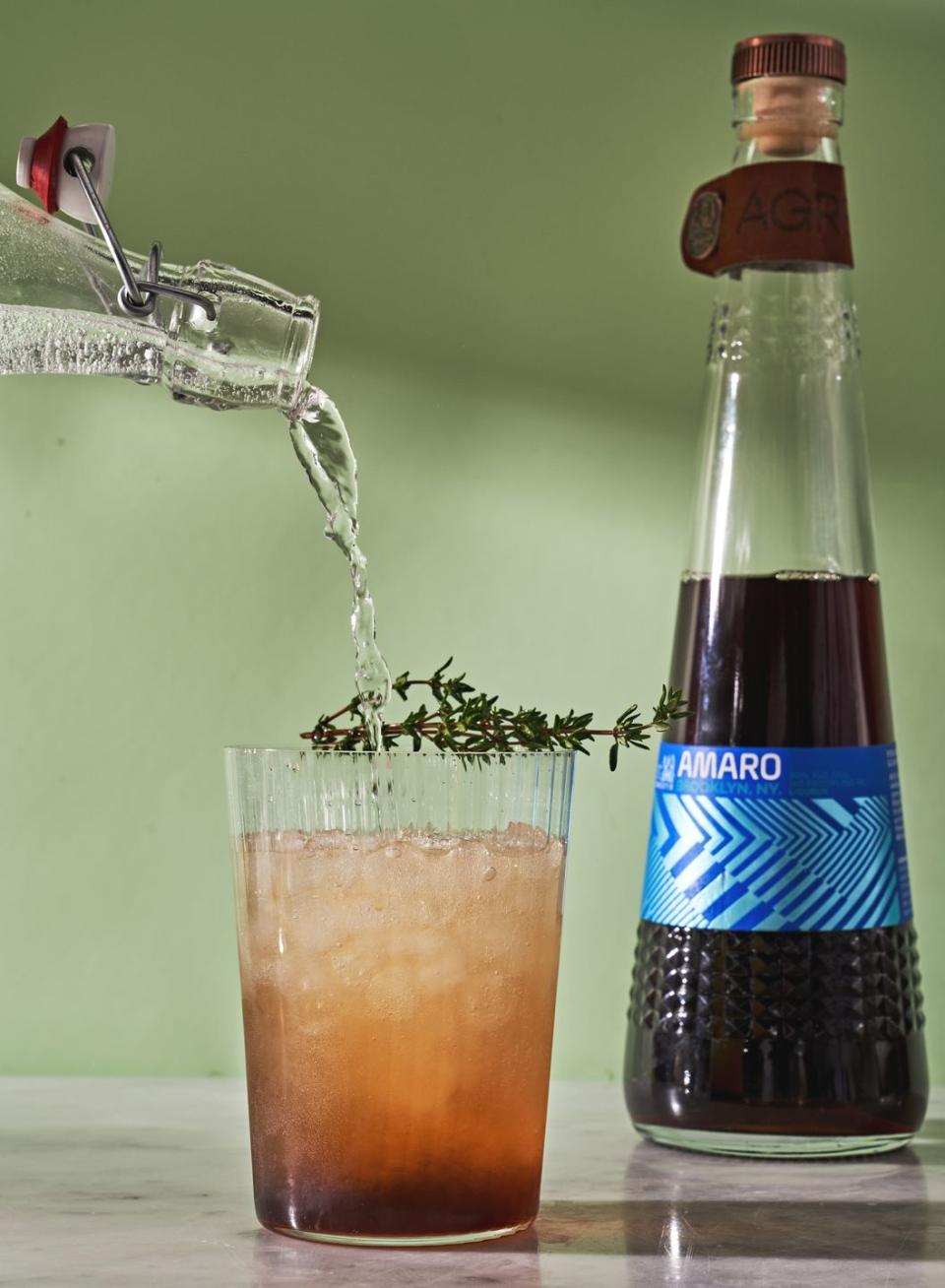
Up until fairly recently, the selection of Italian liqueurs in the United States has been largely limited to major brands like Campari, Aperol, and Fernet Branca. And even those have historically been relegated to the back bar or a hodgepodge list of after-dinner spirits.
Then, in the early 2000s, cities across America began seeing a resurgence in craft cocktails. When it was still a fledgling movement, a few common amaro brands graced their way into our glasses. Demand for Italian bitters steadily increased until it seemingly exploded in the mid-2010s. Niche brands that you could only find in Europe started hitting American shelves, bartenders found even more ways to incorporate them into cocktails, and consumers started stocking up on bottles of their own. Now many amari are household names.
“One thing that I think is phenomenal is the preponderance of the Aperol spritz being everything. I would say three to five years ago, we weren’t nearly as amenable to drinking one, and they weren’t as ubiquitous as they are,” Teague says. “Same with the negroni. I can remember in my lifetime, and I’ve been bartending for 22 years, where I was surprised to see someone order a negroni. The changes have been pretty big.”
Beyond just making classic Italian cocktails, bartenders have been using amari to incorporate elements of bitterness into their own unique recipes. And with the use of increasingly niche amari, Americans now have more access to rare bottles than ever before.
“It's an amazing time to consume Italian spirits, whether they're made here or elsewhere, because there's so many more of them than existed on the market,” says Louis Catizone, producer of the American amaro brand St. Agrestis. “There's a brand called Amaro Silano from Calabria, where my father's from. We used to smuggle bottles in a suitcase back from Calabria. You wouldn't even see it in other parts of Italy, and now it's here in the States.”

With the demand for Italian spirits in the U.S., several brands have emerged stateside in the past decade. From Lo-Fi Aperitifs in the Napa Valley to Gulch Distillers in Montana and Don Ciccio & Figli in Washington, D.C., American brands with Italian sensibilities can be found in nearly every corner of the country.
Some American producers stay close to tradition, while others deviate to form flavor profiles of their own. At St. Agrestis, a Brooklyn-based distillery, the historical methods guide each stage of their production process.
“We've really worked hard to kind of go backwards in time and pay tribute to the way that herbal aperitivi and digestivi were produced in Italy,” said Catizone. “Our process is very esoteric, in a way that probably used to be exactly how all the brands were produced back in the day and the way that the smaller brands are still produced today. We just happen to do it in Brooklyn.”
Figuring out how old-school amaro producers used to do it, however, is easier said than done. European liqueur brands tend to keep their methods and ingredients under lock and key, sometimes even finding regulatory loopholes to do so.
Chartreuse, the French brand famous for their ultra-secret recipe known only by two Carthusian monks, approached the American Alcohol and Tobacco Tax and Trade Bureau to get one of their elixirs approved for sale stateside. “The monks approached the TTB and said, ‘We would like to sell this in America, but we don’t want to tell you what’s in it. What if we tell you the 130 ingredients, but submit them in a list of 400 ingredients?’” Teague reveals. “If all of the ingredients in the list are approved, it doesn’t matter which ones they are, right? So the TTB said yes, and Chartreuse’s recipe can stay a secret.”
Some American amaro producers, like Patrick Miller and his brand Faccia Brutto, have had to dig through centuries-old records to craft their own recipes. “It took years of research and diving deep into the internet and finding books from the 1800s that people had scanned and posted online,” he says. “I'm constantly learning.”
At Forthave Spirits in Brooklyn, owners Daniel de la Nuez and Aaron Sing Fox make liqueurs that pay homage to the old-school style of production, but forge a new path.
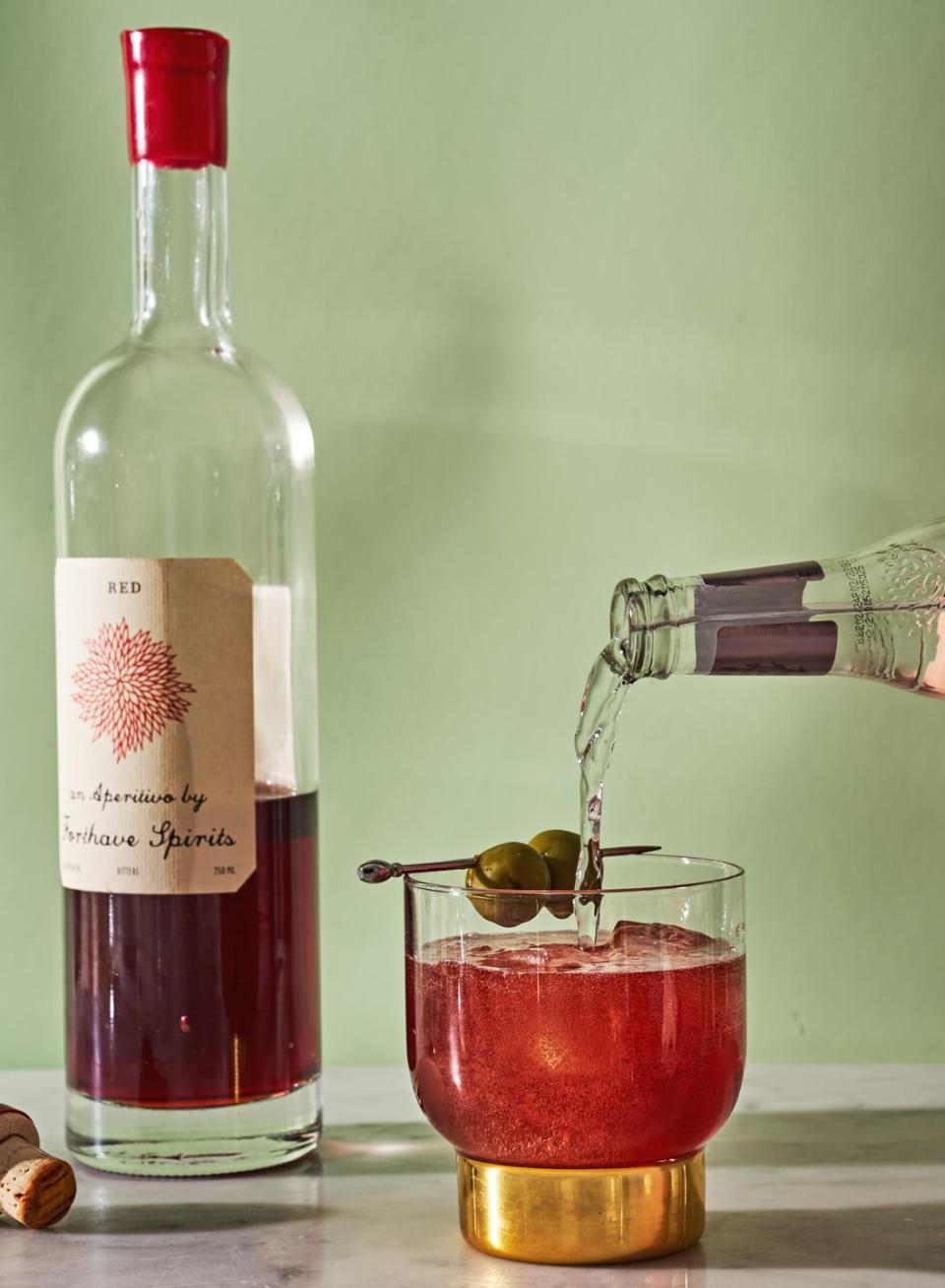
“We started collecting as many vintage bottles as we could. And what we found was that the further back you go, they were really agricultural products. Then in the 1970s, we started seeing them become more industrial products with artificial colors and processed sugars,” de la Nuez says. “Now, a lot of them are essentially chemical flavor houses. So, what we want to do is to kind of take it back to how it was originally made and kind of bring our take on that history in today's contemporary world.”
As for the Italians? Apparently, some aren’t as stoked about the burgeoning American amaro industry. “There's an undercurrent of people in Italy who really firmly believe that amaro should have official standards, like an IGT or DOC designation. Like, if it's not from Italy, you can't call it amaro,” says Miller.
Teague works closely with Italian amaro brands, many of whom seem uninterested in changing their ways to accommodate American drinkers. “I try to convince them to at least put three or four descriptors, whether those ingredients exist in the bottle or not, just to give Americans an idea of how it tastes,” he says. “They’ll boast that they have over 56 ingredients. But can you tell me any of them? No.”
With or without the support of the old-school amaro producers, the American bar scene continues to take this new domestic tradition in stride. American distilleries are still popping up from coast to coast and are expanding their spirit portfolio and their facilities. And now we have more amaro options than ever.
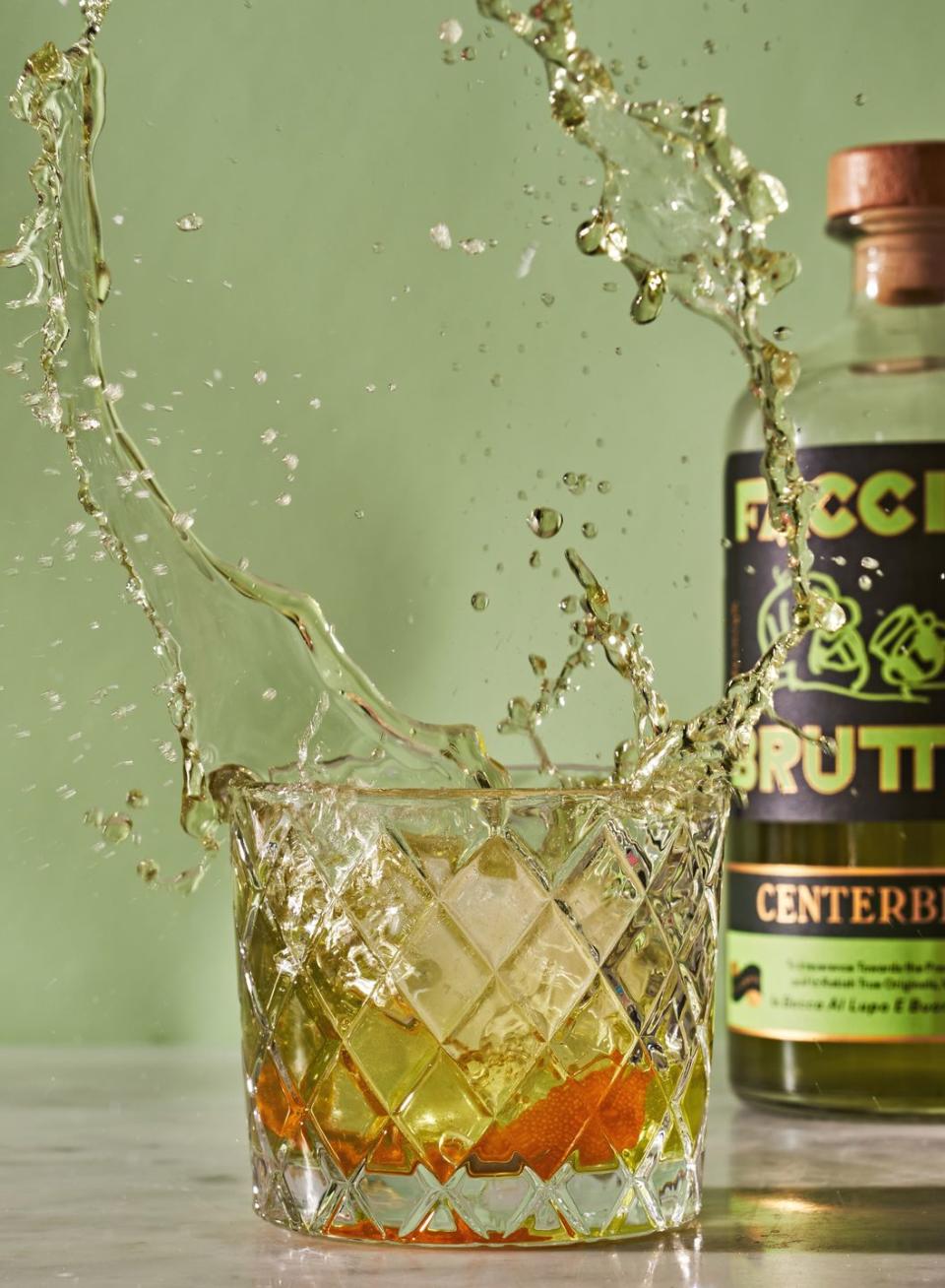

When you dive into the world of amaro, you shouldn’t expect to fall in love with it right away. “If you like this stuff right off the bat, you’re an outlier,” Teague says. “You’ve got to take the risk, taste it, then put it back on your bar cart and try it a week later. You can't sneak attack it; you got to kind of nuzzle up to it a little.”
Part of that has to do with our biological aversion to bitterness. “We can only taste five things: sweet, salty, sour, umami, and bitter. Of the five, only one of them is an acquired taste,” says Teague.
But like with other bitter foods like broccoli, chocolate, and beer, you learn to love it and appreciate each bottle’s nuances. A good way to ease your way into enjoying amaro is by diluting it with seltzer, which makes the bitterness more palatable without masking its flavor. You could also try classic Italian cocktails like the negroni. The drink’s herbal, bitter notes express the best parts of amaro.
If you’re looking for something more mild, try its predecessor, the Americano. This cocktail was invented back in the 1860s by Campari founder Gaspare Campari. The addition of sweet vermouth and soda water tamed Campari’s signature bitterness and won the hearts of American expats, hence the name.
Beyond classic Italian drinks, bartenders stateside have embraced amaro as an ingredient in their own craft cocktails. One drink that has become well known is the Paper Plane, which bartender Sam Ross invented by mixing equal parts bourbon, Aperol, Amaro Nonino Quintessentia, and lemon juice. The Forthave team was thrilled to see their Red aperitivo alongside chili-infused mezcal, carrot and lemon juice, burnt cinnamon, and salt in the Carrot Drink cocktail at the restaurant Rolo’s in Queens, New York.
But if you want to stick to tradition, amaro purists argue that the best way to drink it is the old-fashioned way: straight up. On its own, each amaro’s distinct combination of botanicals really shines.
Want to explore the world of amaro? Check out some of our favorite bottles.

Photography by Andrew Bui | Food Styling by Makinze Gore
Posters, in order: Mondadori Portfolio / Hulton Fine Art Collection / Getty Images, Swim Ink 2, LLC/ Corbis Historical / Getty Images, Heritage Images / Hulton Archive / Getty Images, Marka / Universal Images Group / Getty Images, History and Art Collection / Alto Vintage Images / Alamy Stock Photo, Heritage Images / Hulton Archive / Getty Images
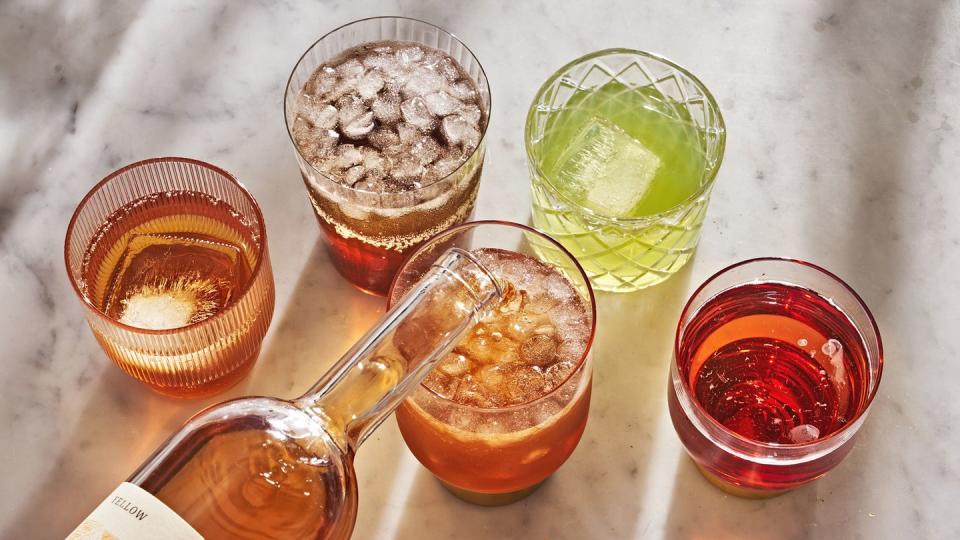
You Might Also Like

